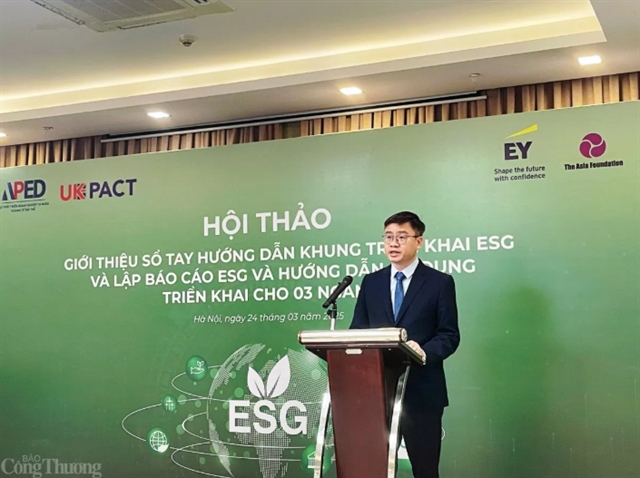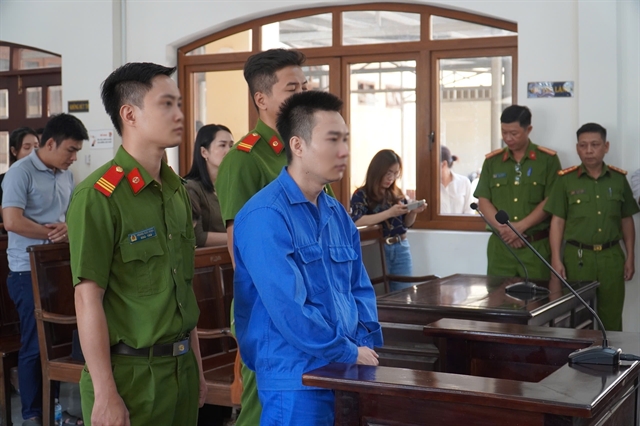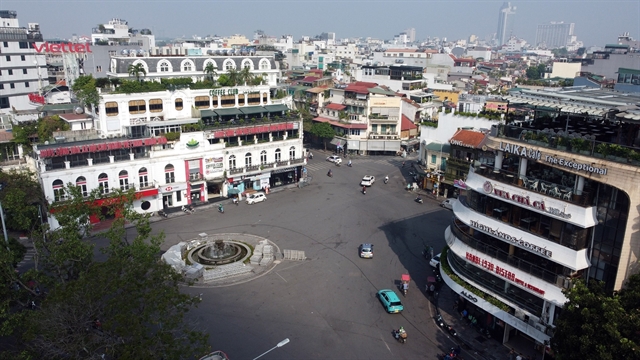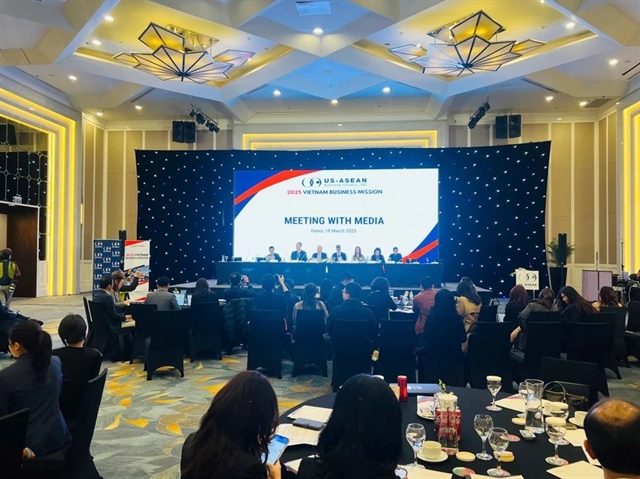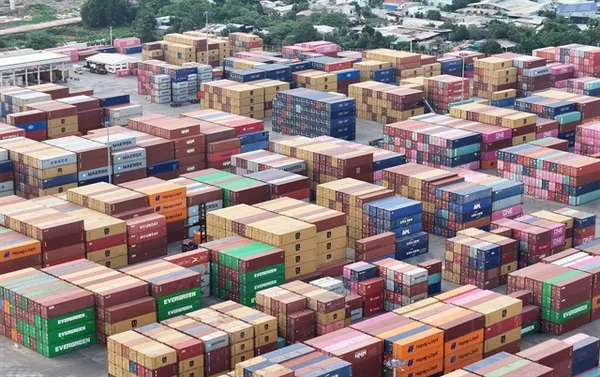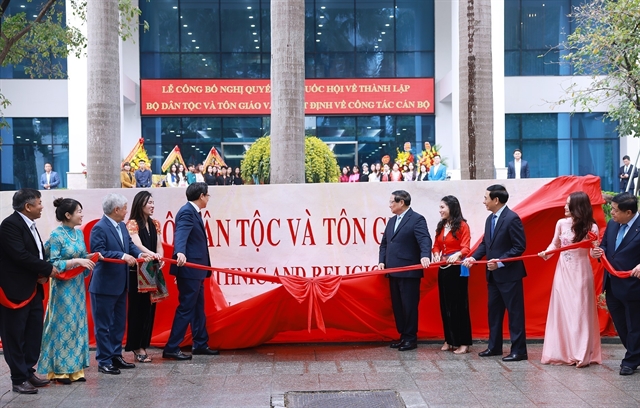 Op-Ed
Op-Ed

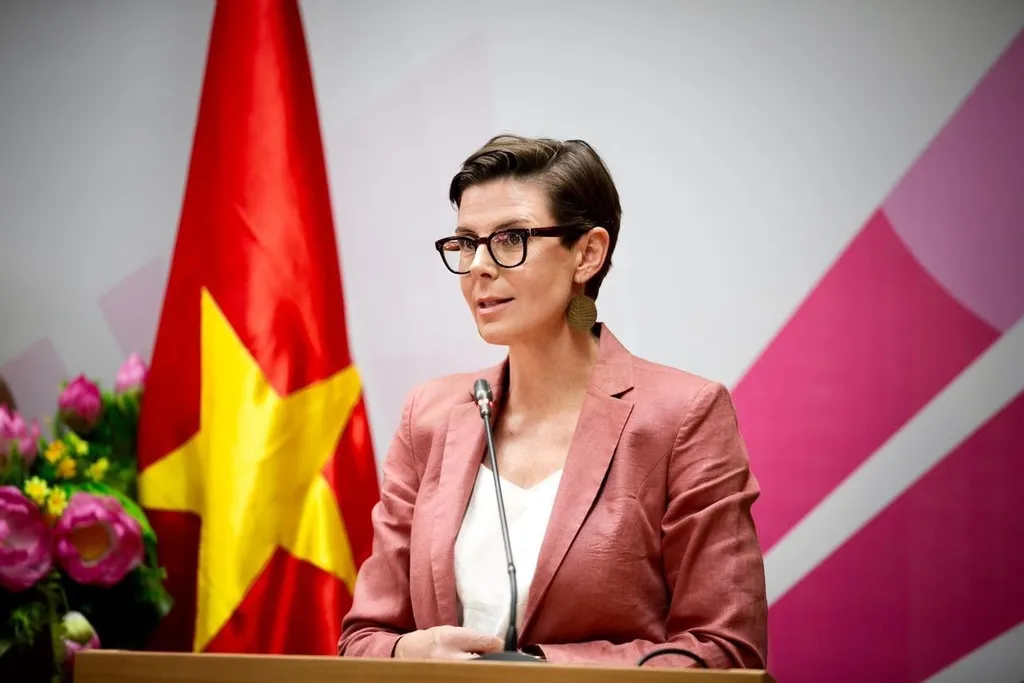 |
| Dr Angela Pratt, the World Health Organization’s Representative to Việt Nam. Photo Courtesy of the WHO |
*Angela Pratt
On behalf of WHO Viet Nam, I would like to first express WHO’s deepest sympathies for those who have lost loved ones during the typhoon and in its aftermath. Our thoughts also continue to be with those that have family members still missing and the many people that are facing great hardship caused by the destruction of Typhoon Yagi.
Communities right across northern Việt Nam have been devastated by the strongest storm to hit Viet Nam in three decades, with more than 330 people killed or still missing, hundreds more injured and thousands displaced.
The typhoon also damaged 130,000 homes and over 550 health care facilities. In many places, the storm has disrupted essential water supplies to many households and health care facilities, with floods, landslides, strong winds and falling trees damaging water and electricity infrastructure that could take weeks or even longer to be repaired.
Over the past two weeks, WHO has been supporting the Government health sector response, including through participating in joint assessment teams deployed in coordination with Government, other UN agencies and partners, to understand the extent of damage and assess needs, to ensure targeted assistance is made available.
Healthcare impact and response plan
Health care facility infrastructure and equipment, including water supplies and stocks of basic medicines, has been extensively damaged or destroyed in the areas hardest hit by the typhoon, severely affecting the provision of essential health services in some areas.
In addition, with floods and landslides affecting many areas (and more heavy rain due to come soon), there is an increased risk of disease outbreaks from food and water-borne diseases in these areas.
To help support health care services to resume basic service delivery, as well as prepare for and respond to any disease outbreaks which emerge, typhoon-affected areas need support for restoring supplies of clean water, essential medicines, vaccines, and medical equipment.
The mental health impacts of the typhoon and its aftermath are also significant. In the coming weeks and months, affected communities will need psychosocial support services.
In response, WHO, in close collaboration with other UN agencies and partners, is supporting Government and local authority response efforts, with a three-phased response approach to address immediate, short/medium term and longer-term needs:
Emergency safe water response
Typhoon Yagi delivered extremely heavy rainfall, contributing to flood levels in some areas, exceeding historical peaks. Floods that destroyed lives and livelihoods, are now threatening health with stagnating and contaminated water posing a risk of infectious diseases such as acute diarrhoea, dysentery and typhoid.
Furthermore, impacted communities are also at risk of food poisoning and food borne diseases, respiratory infections, eye and skin infections and mosquito-borne disease such as dengue.
As part of efforts to support the government’s initial emergency response, WHO donated one million water purification tablets and 500 water containers to help provide health care facilities and hundreds of thousands of people across northern Việt Nam with short term supplies of clean water.
This is now providing as much as 15 million litres of purified water – for safe household drinking and use in health care facilities in the eight hardest-hit provinces: Bắc Giang, Cao Bằng, Điện Biên, Lai Châu, Lào Cai, Phú Thọ, Thái Nguyên and Yên Bái.
Clean water is critical to help prevent food and waterborne disease and for maintaining safe care and operations at health care facilities, whether it is for people injured in the typhoon or those needing urgent routine health care.
Multilingual health communications
 |
| Dr Angela Pratt, Mr Dương Đức Thiện of the Ministry of Health and WHO Health Security and Emergency team members discussed the distribution of WHO's donation of one million water purification tablets, last week. Photo courtesy of the WHO |
In addition, along with urgent water and medical needs for all affected communities, an ongoing challenge for the health sector, is being able to reach and inform all community groups about current health risks and protective measures people can take to keep themselves and their families safe at this time.
In many of the more remote areas, most of the population belong to ethnic minority groups, with some only speaking their own local language. To help equip these people in these communities with information about how to protect themselves from health risks, WHO with support from USAID, has arranged the development, translation and broadcasting, via radio and community loudspeakers, of critical health safety messages in multiple local languages.
With many communities experiencing standing flood water, interruptions to water supplies and contaminated food and water, these messages are highlighting safety information about reducing the risk of food poisoning, safe drinking water, sanitation, disease prevention and flood water dangers.
In partnership with Voice of Vietnam, the Ministry of Health and local authorities, these messages are currently being broadcast to communities in five languages: Vietnamese, Thái, Mông, Tày and Nùng, to the most affected communities in Lào Cai, Lai Châu, Yên Bái, Sơn La, Điện Biên, Hòa Bình, Quảng Ninh, Cao Bằng, Bắc Cạn and Lạng Sơn.
Moving forward together
As we continue our immediate emergency response efforts and work towards longer term recovery, I would like to pay a special tribute to the heroic efforts of local health officials and healthcare workers. Along with community members, in very difficult physical and emotional conditions, they have been working tirelessly to restore and deliver healthcare services, as they repair the damage and start to rebuild.
Take for example, the story of Dr Nguyễn Mạnh Tú, head of the Việt Thành Commune Health Station in Trấn Yên, Yên Bái province. During the storm, the Commune Health Station was totally submerged, and Dr Nguyễn had to take shelter in a neighbor's house. When people came to the Health Station seeking care, Dr Nguyễn climbed through the trees from his neighbor’s house to assist his fellow community members.
The resilience of people like Dr Nguyễn in the face of adversity is a testament to the spirit of these communities, and an inspiration to us all.
The recovery from Typhoon Yagi will be long. Over the coming weeks, months and years, WHO is steadfastly committed to continuing to support the Government’s health response, including through providing clean water for health care facilities, monitoring and prevention efforts against food, waterborne and other infectious diseases, helping to replenish stocks of essential medicines and supplies and assisting with mobilising any additional resources needed.
Longer term, we stand ready to support Việt Nam in ‘building back better’ in the health sector, including through more climate resilient health care infrastructure, which is better able to withstand future climate shocks and extreme weather events. Under the leadership of Government, in collaboration with local authorities and other UN agencies and partners and in solidarity with the people of Việt Nam, WHO will continue to provide ongoing support for response and recovery efforts, in any way we can. VNS
*Dr Angela Pratt is the World Health Organization’s Representative to Việt Nam.




